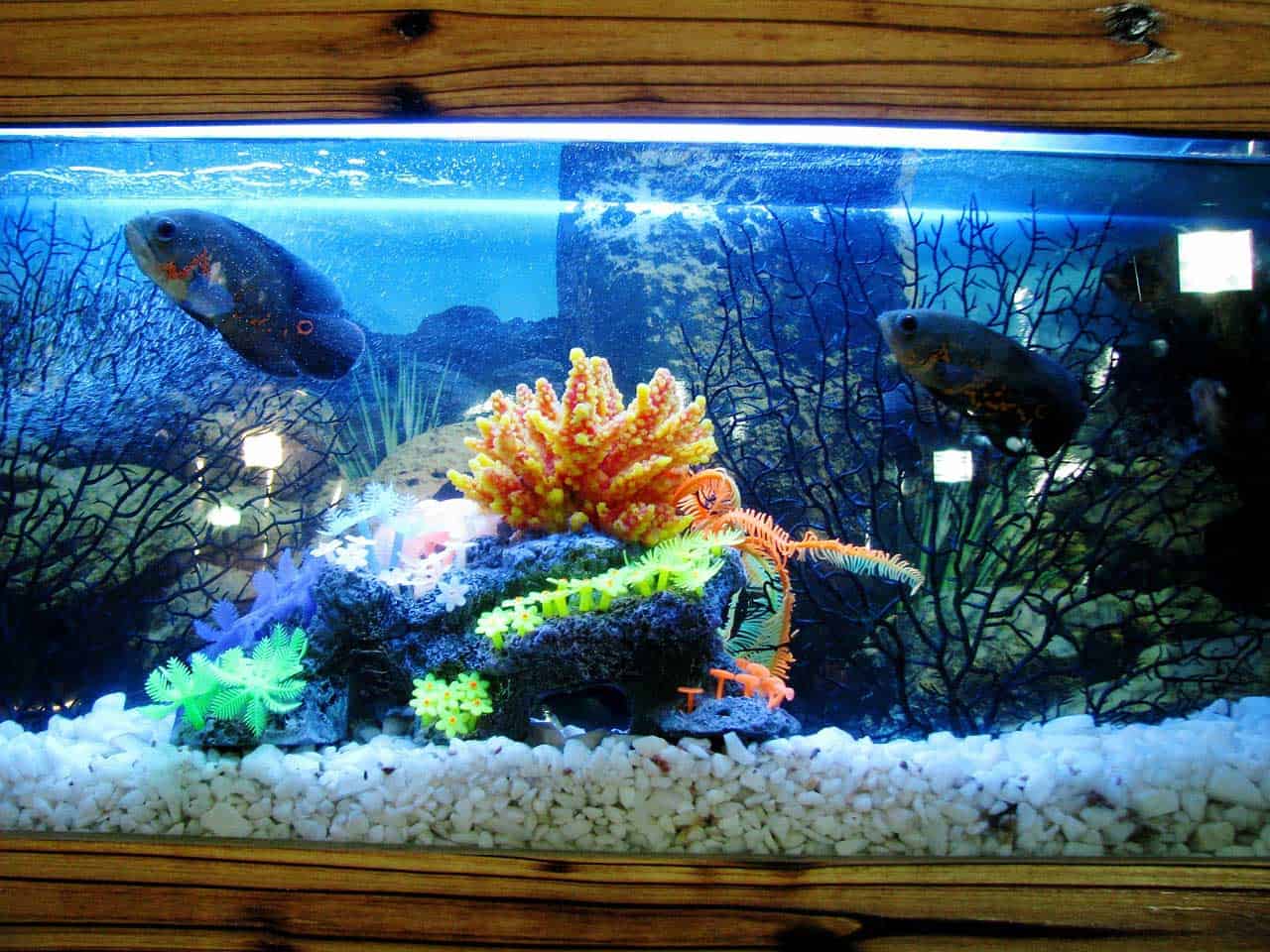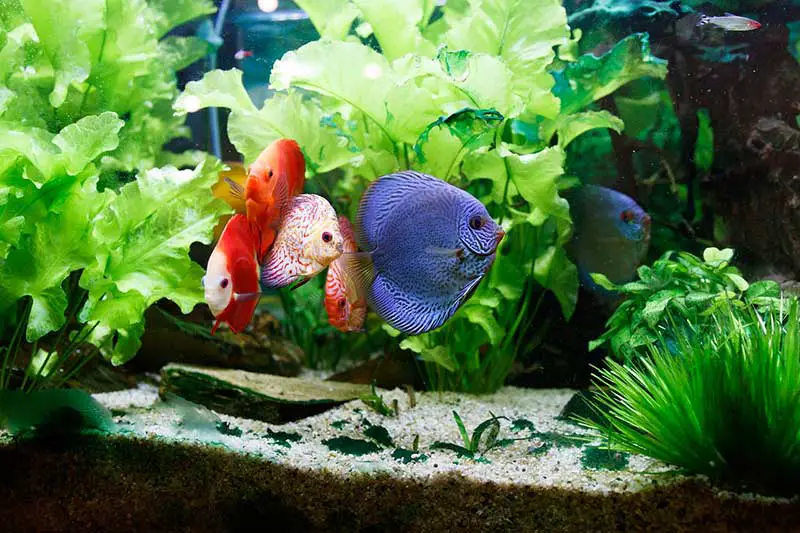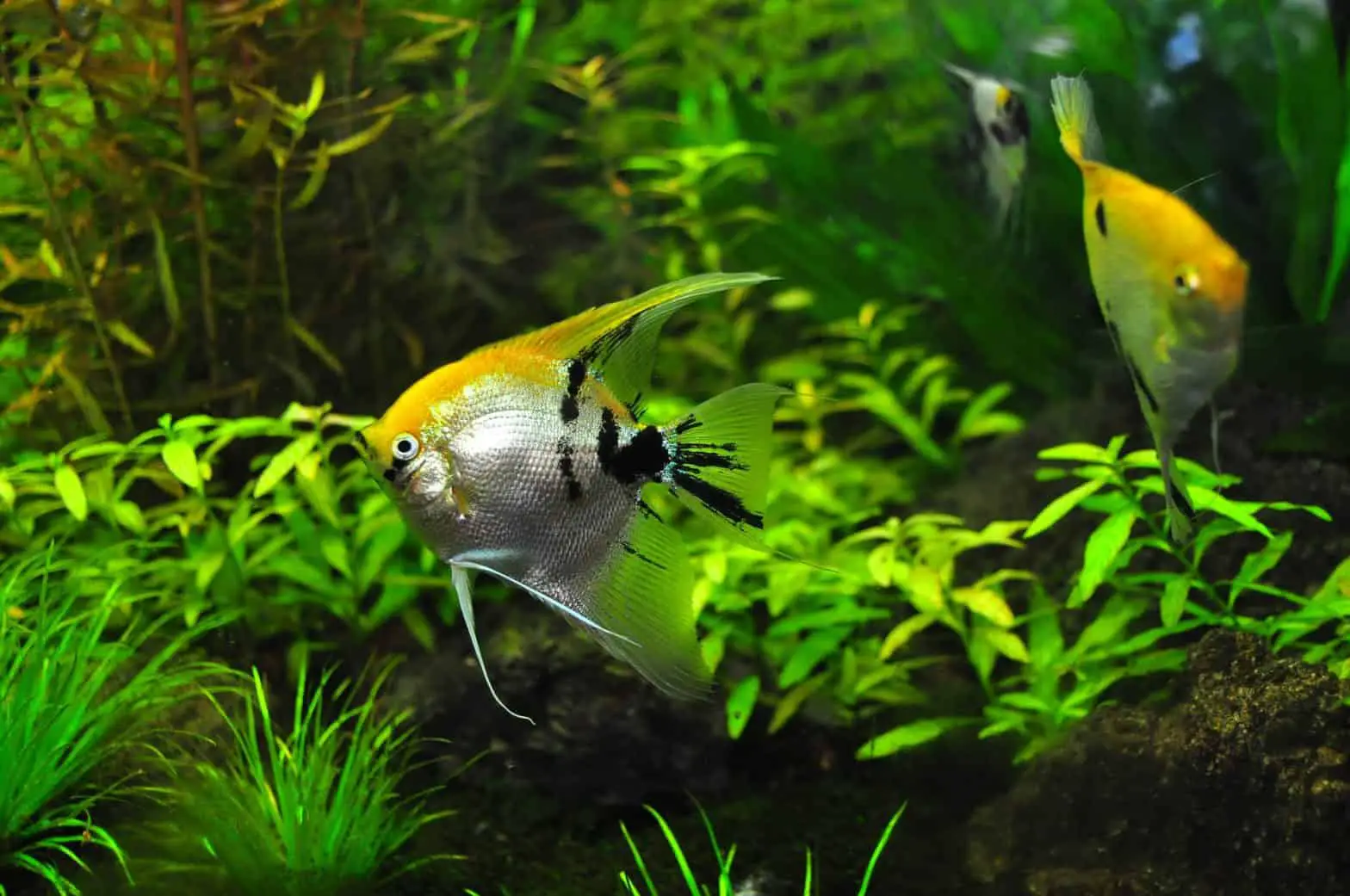Table of Contents
*This post may contain affiliate links. As an Amazon Associate we earn from qualifying purchases.

Image via Pixabay
Taking care of a pet fish is just like taking care of any other pet that a person might own. Aside from feeding your beloved friend and always checking up on its health to make sure that everything is fine, you also need to make sure that it is leading a clean and tidy lifestyle. Knowing how to clean a fish tank properly will not only prolong the life of your fish, but will also create a clean environment for it to live in, even if it’s just a tiny aquarium that you have on your nightstand.
But how to clean a fish tank properly? In this article, we will guide you through the step-by-step process of cleaning your fish tank and help you maintain the aquarium your pet fish deserves, and also needs for a more healthy life.
Why Should You Clean a Fish Tank?
Just how you take care of your own body by showering and keeping it clean, animals require that same amount of attention as well. Taking care of your fish tank is the same as giving your favorite dog a bath, because not only does it keep the dog clean, but it also washes away germs and pollutants that might cause sickness or any other illness.
Another way to look at the situation and answer the question is to think about what would happen if you didn’t clean the fish tank. As time passes, chemicals like ammonia and nitrite begin to form within the fish tank, all of which will have a negative impact on the fish itself. Not cleaning the fish tank will cause your pet fish to develop various health problems like decline of energy and a loss of appetite, ultimately leading to death. In order to avoid losing your pet, cleaning the fish tank is important.
And it’s not just the effects that will impact your fish! Cleaning the fish tank will also help regulate the nitrogen levels within the aquarium as well as replenish important minerals that fish need for survival.
Next, we will help you understand how to clean a fish tank and what items you will need for the procedure.
How to Clean a Fish Tank

Image via Pixabay
Before we can explain to you how to clean a fish tank, it’s important to note that this guide will talk about two different types of fish tanks: freshwater and saltwater fish tanks. Since there are many species of fish that you can own as a pet, some require saltwater while others need freshwater to live. As a result, it’s important to know which method you need for which fish tank.
Before doing anything, you must first have the proper tools for the job. Ideally, these items will make the cleaning process easier and more effective, especially when it comes to removing all the waste from the fish tank.
- A clean container with water to move the fish
- An algae scraper or algae pad
- Gravel vacuum
- Water siphon
- Bleach
- Salinity probe (for saltwater fish tanks)
Now that you have the proper equipment, you can begin the process. For convenience, the section has been split up into two parts: freshwater fish tank and saltwater fish tank.
Freshwater Fish Tank
The first step in cleaning the fish tank is to remove the fish from it and place it into another water container. Afterwards, use the algae scraper/pad to remove all the algae that got stuck to the glass. It’s important to note that if you are using a pad, try to scrub as little as possible so that you don’t damage the glass. If you come across a rough algae patch, use the scraper to gently remove it.
Next, remove the dirty water from the fish tank. One important note to make on how to clean a fish tank correctly is knowing how much water you have to remove. As a general rule of thumb, change 10 to 20 percent of the water every two to three weeks. However, if your fish is sick, you want to change somewhere between 25 to 50 percent of the water. To remove the water, use the water siphon while making sure that the container where the water is going is clean and doesn’t have any chemical residue on it.
Gravel and Decorations
Once you successfully finish siphoning out the water, you want to clean all the decorations and gravel from the aquarium (if you have them, of course). If there is algae in the decorations, gently remove it with the pad or scraper, but if it’s persistent, do not use soap because even the tiniest trace of it can be harmful to your fish. Instead, soak the decorations in a 10 percent bleach solution, remove the dirt/residue, then soak in water and let the items air dry for some time. It’s also a good idea to use a gravel vacuum to remove waste and other debris in between the gravel.
Water
After you have cleaned everything up, go ahead and add fresh new water into the fish tank. If you are using tap water, you have to purify it beforehand so that toxins and heavy metals are removed from it. Also, it is very important that the new water is at room temperature, otherwise it will be too hot for the fish. What you can do is fill up an old milk container with tap water and let it sit there for one day, thus allowing the chlorine to evaporate. If you cannot wait one day, a drop of Decleor will also purify the water.
As you are nearly done with the cleaning process, add some freshwater salt into the fish tank. That way, the fish will have a healthier and longer life, and the salt will reduce the chances of the fish becoming sick. On top of that, remember to clean the exterior of the tank too. This way, you can keep an eye on your fish with more ease!
Saltwater Fish Tank
In some ways, cleaning a saltwater tank is exactly the same as cleaning a freshwater one. You have to move the fish, then remove the algae, after which you must siphon the dirty water. Once you finish with that, you have to clean the decorations and vacuum in between the gravel for waste and debris. However, since you are dealing with a saltwater fish tank, there are a few extra steps that you have to do.
Salt Residue
First, you have to check for any salt residue on the insides of the tank. Known as “salt creep,” it is a crusty residue that is left behind when water evaporates at the top of the fish tank. The best way to remove salt creep is with an algae sponge, after which you can add the lost water back into the aquarium.
Adding New Water
While adding new water into a freshwater aquarium is easy, adding proper saltwater into a saltwater fish tank is a bit more difficult. Aside from making sure that the temperature of the water is just right, you have to also check the pH and salt levels of the water as well.
Before starting the cleaning procedure, you have to prepare for it the night before. First, you have to buy distilled water from a grocery store and fill up a clean bucket with it (the bucket must not have any chemical residue on it), after which the water must be heated with a special heater that you can get from a pet store. Afterwards, you have to add a salt-mix into the water. The mix can also be purchased at a pet store and comes with instructions telling you how much to add.
Finally, let the water aerate overnight. On the day you will clean the fish tank, use the salinity probe to test the water, and make sure that the number is somewhere between 1.021 and 1.025. Also, use a thermometer to check if the water’s temperature is somewhere between 73 and 82 degrees Fahrenheit (23 and 28 degrees Celsius), since that is the ideal temperature for saltwater fish. Also, be sure to check the temperature on a daily basis since the fish tend to live in a very narrow range.
Our last tip for you, regardless of which fish tank you own, is to rinse the water filter (if you have one) once a month or replace the media within. Also, be sure to take care of your fishnets by disinfecting them once you are done.
Conclusion
Now that you know how to clean a fish tank, both, a freshwater one and a saltwater one, taking care of your friend is going to be much easier. Even though you only have to clean the entire tank once every few weeks, regular maintenance will make the job much easier. If you scrape the glass once a week, remove algae from decorations as soon as you see it, and vacuum in between the gravel, then not only will your fish tank look more tidy and beautiful, but the fish within will have alonger and healthier life!

